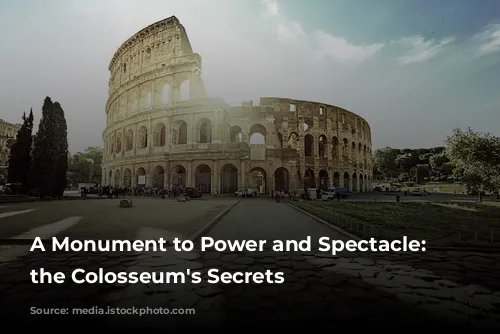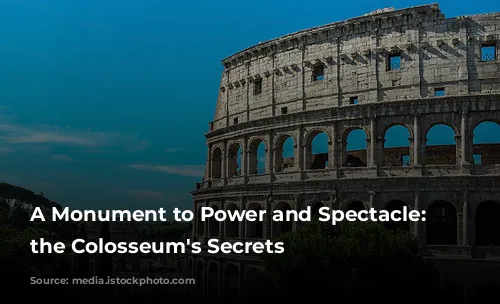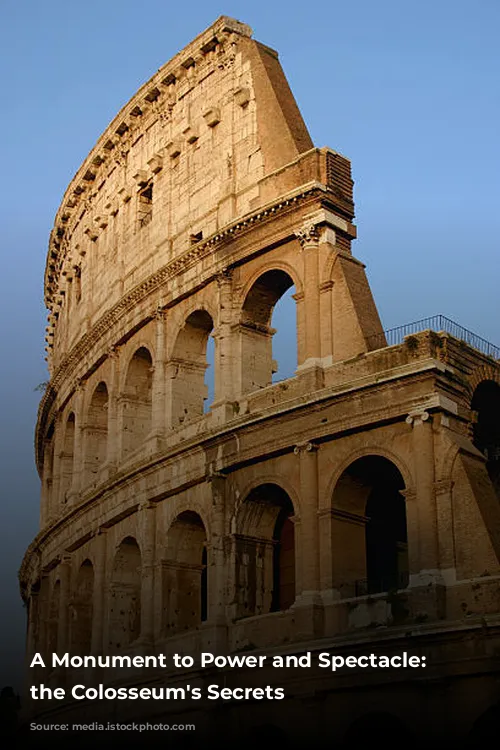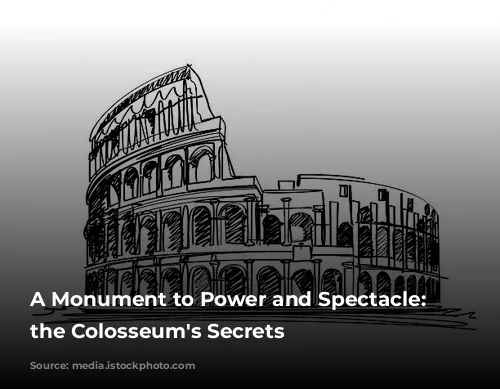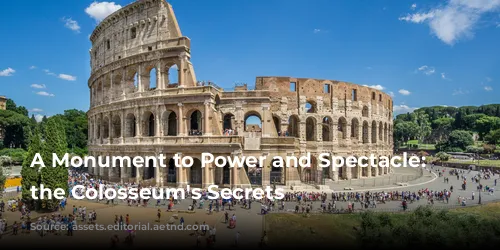The Colosseum, also known as the Flavian Amphitheater, stands as a towering symbol of ancient Rome’s architectural prowess. This iconic structure, built in the first century A.D., is renowned for its brutal blood-sport entertainment, featuring gladiatorial combat and wild animal spectacles. But beyond the bloody displays, the Colosseum stands as a testament to the Flavian dynasty’s grand ambitions and engineering genius.

A Dynasty’s Rise from Ruins
The Flavian dynasty, led by Vespasian and his sons Titus and Domitian, embarked on a massive building campaign to rebuild Rome, which had been ravaged by fire, plague, and civil war. Driven by a desire to restore the city’s grandeur and cement their legacy, they poured resources into renovating buildings, statues, and monuments. In 70 A.D., Vespasian authorized the construction of a new amphitheater in the heart of the city, funded by the spoils of the Roman siege of Jerusalem during the First Jewish-Roman War. The Colosseum, dedicated a decade later, served as a powerful symbol of Rome’s revitalization.
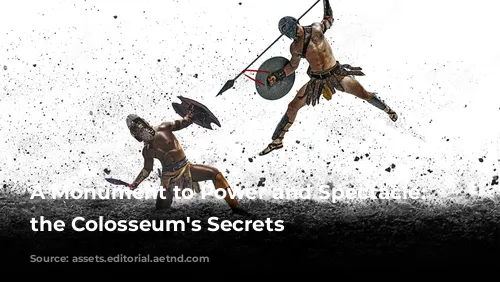
A Technological Marvel of Ancient Rome
The Colosseum was not only a political statement but also a revolutionary architectural feat. It was the largest and most complex permanent amphitheater of its time, constructed with a remarkable combination of materials: concrete, travertine, marble, stone, and timber. The structure reached a staggering 157 feet tall (comparable to a 15-story building) and held an estimated 50,000 to 80,000 spectators.
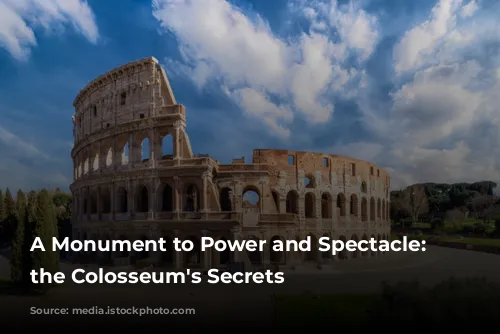
A Symbol of Roman Social Hierarchy
Nathan Elkins, deputy director of the American Numismatic Society, sheds light on the Colosseum’s significance as a tool for reinforcing Roman social order. The amphitheater was built on the site of Nero’s extravagant estate, Domus Aurea, which had been accessible to all, causing discontent among the senators. By constructing the Colosseum, the Flavian dynasty created a space for public entertainment while simultaneously upholding the rigid social hierarchy.
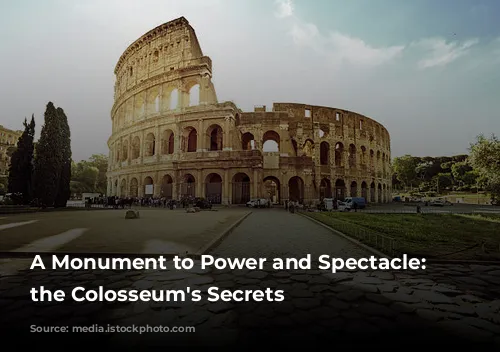
Seated by Status: Social Order in Stone
Within the Colosseum’s walls, seating was a reflection of social status, wealth, and gender. The best seats, nearest to the arena, were reserved for the emperor and the senatorial nobility. The Equestrian order, comprising wealthy merchants, artisans, and bureaucrats, occupied the next tier. The remaining 95 percent of Rome’s population—women, foreigners, and the poor and enslaved—were relegated to the upper seats, offering a glimpse into the deeply ingrained social stratification of ancient Rome.

A Symphony of Engineering and Architecture
The Colosseum’s architectural innovations pushed the boundaries of ancient Roman engineering. Its elliptical shape, a departure from earlier amphitheaters, provided optimal visibility for all spectators. The structure incorporated a sophisticated drainage system to handle water used in mock naval battles staged within the arena. The amphitheater also featured a retractable awning that could be deployed to protect spectators from the elements.

A Legacy of Entertainment and Endurance
The Colosseum’s impact extends far beyond ancient Rome. Its architectural principles, including the use of arches for support, the elliptical design, and the organizational system for crowd management, have influenced the design of modern sports stadiums worldwide. This enduring monument to Roman engineering, power, and spectacle continues to captivate audiences centuries later, offering a window into the heart of the ancient world.

An Enigma of Construction: Who Built the Colosseum?
The Colosseum’s construction remains shrouded in some mystery. While scholars believe that the Colosseum’s financing partly stemmed from the spoils seized during the Roman conquest of Jerusalem, the source of the labor remains a subject of debate. While some scholars believe that Jewish slaves captured during the siege of Jerusalem built the Colosseum, Elkins argues that this assertion lacks historical support. While the use of slave labor is likely, its precise source is unclear.
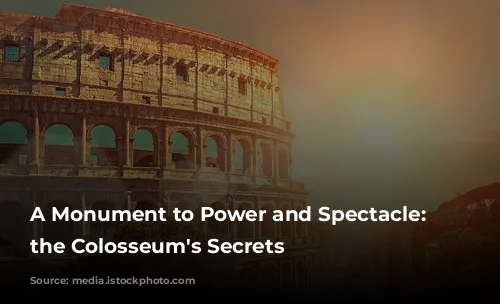
A Timeless Symbol of Ancient Rome
The Colosseum’s legacy is one of enduring spectacle and architectural innovation. It stands as a testament to the Roman Empire’s grandeur and its ability to harness engineering prowess to construct monumental structures that continue to inspire awe and wonder. As a symbol of both the brutal reality of ancient Rome’s blood-sport entertainment and the architectural brilliance of its engineers, the Colosseum remains one of the most iconic structures in the world.
